DIETHYL BROMOMALONATE
- CAS NO.:685-87-0
- Empirical Formula: C7H11BrO4
- Molecular Weight: 239.06
- MDL number: MFCD00009138
- EINECS: 211-683-1
- SAFETY DATA SHEET (SDS)
- Update Date: 2024-12-18 14:15:30
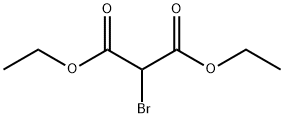
What is DIETHYL BROMOMALONATE?
Chemical properties
CLEAR COLOURLESS TO SLIGHTLY YELLOW LIQUID
The Uses of DIETHYL BROMOMALONATE
Diethyl Bromomalonate is a chemical constituent of the asymmetric cyclopropanation of chalcones. Also used in the preparation of nanaplatforms for NIR imaging-guided photodynamic therapy of cancer cel ls.
The Uses of DIETHYL BROMOMALONATE
Diethyl bromomalonate is used in perfumes. It is also used to synthesize other compounds such as barbiturates, artificial flavorings, vitamin B1, and vitamin B6.
What are the applications of Application
Diethyl bromomalonate is a compound that contains diethyl dibromomalonate & different amounts of diethyl malonate
Purification Methods
Purify the ester by fractional distillation in a vacuum. IR: max 1800 and 1700cm-1 [Abramovitch Can J Chem 37 1146 1959, Bretschneider & Karpitschka Monatsh Chem 84 1091 1053]. [Beilstein 2 IV 1904.]
Properties of DIETHYL BROMOMALONATE
| Melting point: | -54°C |
| Boiling point: | 233-235 °C (lit.) |
| Density | 1.402 g/mL at 25 °C (lit.) |
| refractive index | n |
| Flash point: | >230 °F |
| storage temp. | under inert gas (nitrogen or Argon) at 2-8°C |
| solubility | Chloroform, Hexanes |
| form | Liquid |
| pka | 9.29±0.46(Predicted) |
| Specific Gravity | 1.402 |
| color | Clear colorless to slightly yellow |
| Water Solubility | Does not mix well with water. |
| Sensitive | Lachrymatory |
| BRN | 509768 |
| CAS DataBase Reference | 685-87-0(CAS DataBase Reference) |
| EPA Substance Registry System | Propanedioic acid, 2-bromo-, 1,3-diethyl ester (685-87-0) |
Safety information for DIETHYL BROMOMALONATE
| Signal word | Danger |
| Pictogram(s) |
 Corrosion Corrosives GHS05 |
| GHS Hazard Statements |
H314:Skin corrosion/irritation |
| Precautionary Statement Codes |
P280:Wear protective gloves/protective clothing/eye protection/face protection. P363:Wash contaminated clothing before reuse. P303+P361+P353:IF ON SKIN (or hair): Remove/Take off Immediately all contaminated clothing. Rinse SKIN with water/shower. P305+P351+P338:IF IN EYES: Rinse cautiously with water for several minutes. Remove contact lenses, if present and easy to do. Continuerinsing. P405:Store locked up. |
Computed Descriptors for DIETHYL BROMOMALONATE
DIETHYL BROMOMALONATE manufacturer
Purecha Group (Sonal Plasrub Industries Pvt Ltd)
1Y
Phone:+912240949499
product: 2-Bromo-malonic acid diethyl ester 98%
New Products
(S)-3-Aminobutanenitrile hydrochloride 4-Methylphenylacetic acid N-Boc-D-alaninol N-BOC-D/L-ALANINOL Tert-butyl bis(2-chloroethyl)carbamate N-octanoyl benzotriazole 3-Morpholino-1-(4-nitrophenyl)-5,6-dihydropyridin- 2(1H)-one Furan-2,5-Dicarboxylic Acid S-2-CHLORO PROPIONIC ACID ETHYL ISOCYANOACETATE 2-Bromo-1,3-Bis(Dimethylamino)Trimethinium Hexafluorophosphate 4-IODO BENZOIC ACID 3-NITRO-2-METHYL ANILINE 1-(2,4-DICHLOROPHENYL) ETHANAMINE (2-Hydroxyphenyl)acetonitrile 4-Bromopyrazole 5,6-Dimethoxyindanone 2-(Cyanocyclohexyl)acetic acid 4-methoxy-3,5-dinitropyridine 1-(4-(aminomethyl)benzyl)urea hydrochloride 2-aminopropyl benzoate hydrochloride diethyl 2-(2-((tertbutoxycarbonyl)amino) ethyl)malonate tert-butyl 4- (ureidomethyl)benzylcarbamate Ethyl-2-chloro((4-methoxyphenyl)hydrazono)acetateRelated products of tetrahydrofuran
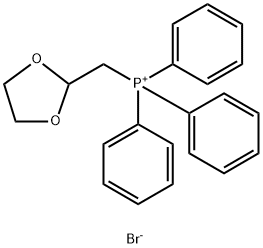
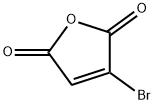
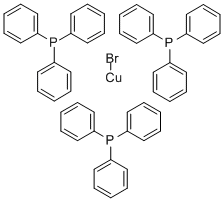




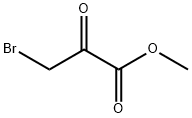
You may like
-
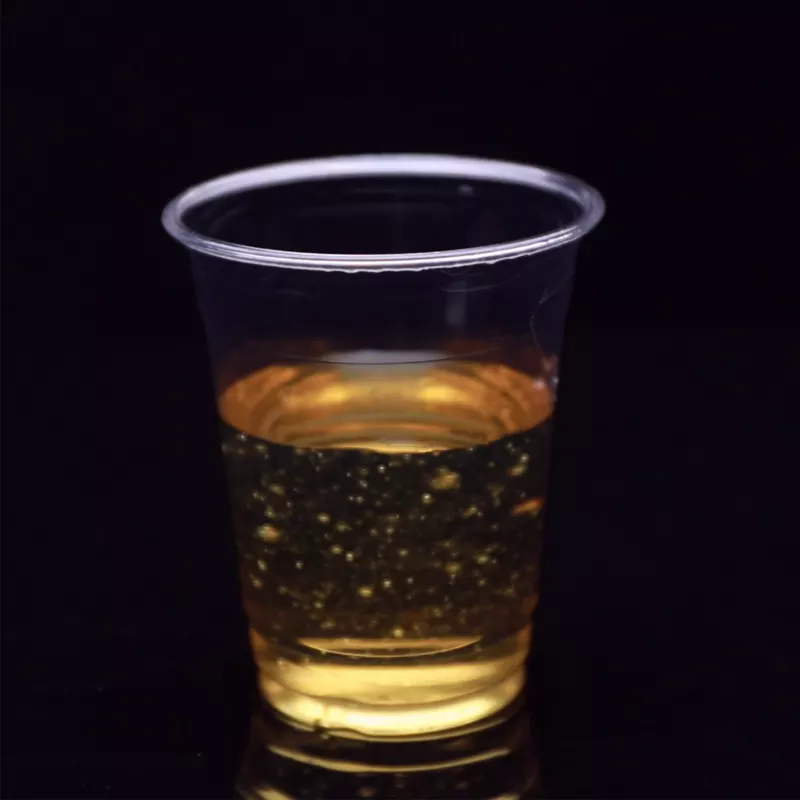 685-87-0 Di Ethyl Bromo Malonate 99%View Details
685-87-0 Di Ethyl Bromo Malonate 99%View Details
685-87-0 -
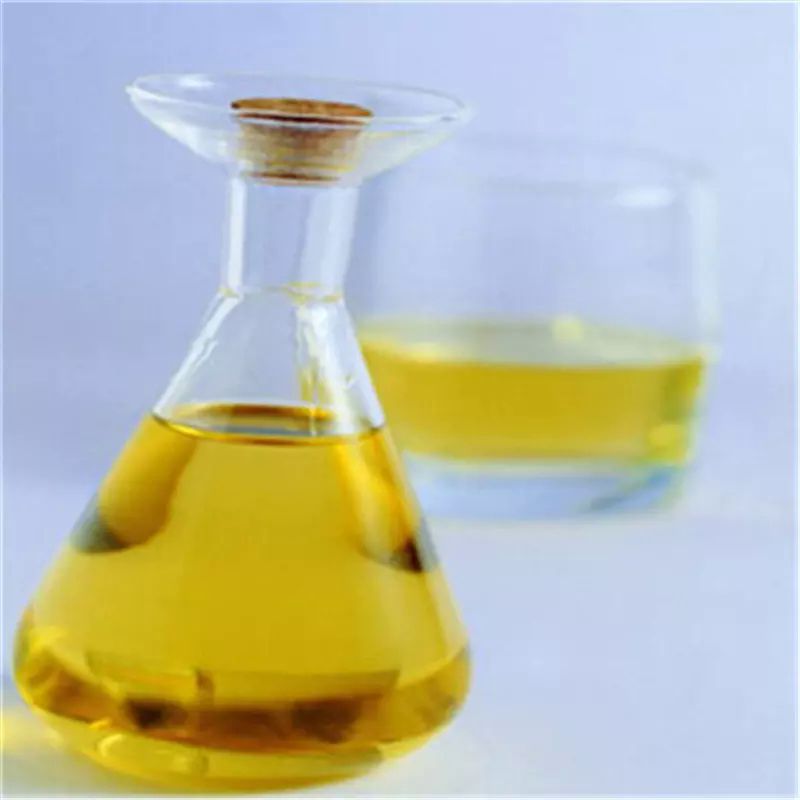 685-87-0 98%View Details
685-87-0 98%View Details
685-87-0 -
 Diethyl bromomalonate, 98% CAS 685-87-0View Details
Diethyl bromomalonate, 98% CAS 685-87-0View Details
685-87-0 -
 Diethyl Bromomalonate CAS 685-87-0View Details
Diethyl Bromomalonate CAS 685-87-0View Details
685-87-0 -
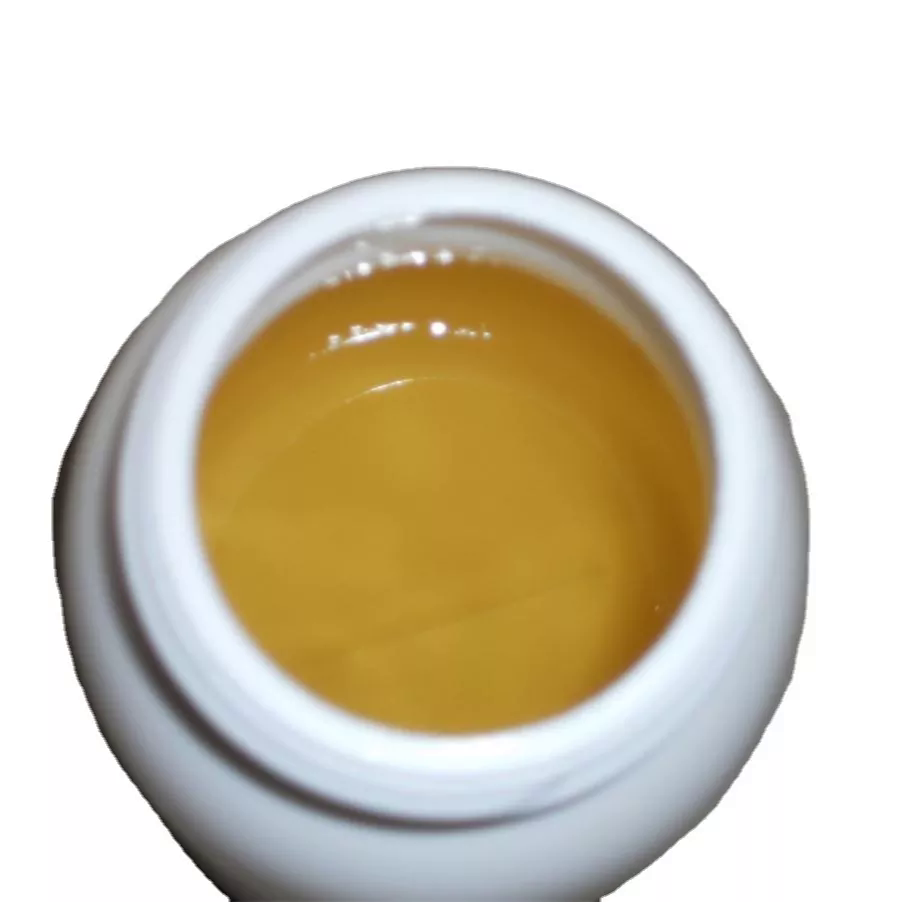 685-87-0 98%View Details
685-87-0 98%View Details
685-87-0 -
 2-Bromo-malonic acid diethyl ester 98%View Details
2-Bromo-malonic acid diethyl ester 98%View Details
685-87-0 -
 Diethyl bromomalonate >95% (GC) CAS 685-87-0View Details
Diethyl bromomalonate >95% (GC) CAS 685-87-0View Details
685-87-0 -
 Diethyl bromomalonate CAS 685-87-0View Details
Diethyl bromomalonate CAS 685-87-0View Details
685-87-0
Statement: All products displayed on this website are only used for non medical purposes such as industrial applications or scientific research, and cannot be used for clinical diagnosis or treatment of humans or animals. They are not medicinal or edible.